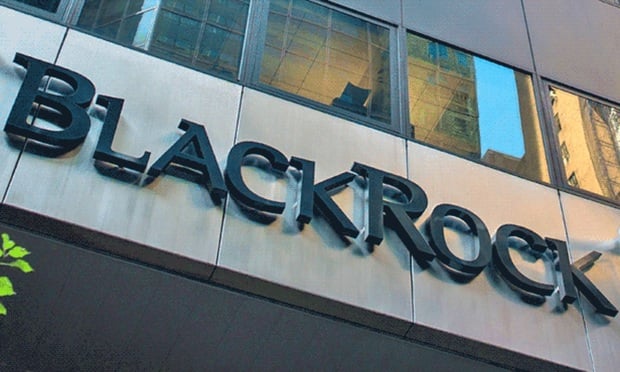When IRAs were created in 1974 under the Employee Retirement Income Security Act, one big motivator was to give workers who lacked access to a retirement plan at work a way to save for retirement in a tax-deferred account.
But according to a new brief from the Center for Retirement Research at Boston College, that's not what's happened. Instead, most of the new money flowing into IRAs these days comes from higher-income people, who often also have a 401(k) plan.
The less well off who lack opportunities to save in an employer-sponsored plan, for whom IRAs were originally intended, are instead largely using IRAs as a parking place for rollovers from employers that they've left behind on the way to another job.
Recommended For You
While IRAs hold nearly $8 trillion, according to the Squared Away blog—nearly half of all the money held in the U.S. retirement system, including employer pension funds and 401(k)s—the study set out to discover who among IRA holders are actually benefiting from the tax breaks the accounts were intended to provide to people who lacked retirement plans.
The answer, unsurprisingly, was not the people who lacked retirement plans.
Instead, the blog points out, "only 13 percent of the money that flowed into IRAs in 2014 was from people putting new savings into these accounts. The rest was from rollovers of funds accumulated in employer 401(k)s, which usually occur when a worker retires or changes job."
So who's sinking new money into IRAs? Again, unsurprisingly, and despite Congress's efforts over the years to limit IRAs' value as a high-income tax shelter, "active contributors today to IRAs—both traditional IRAs and Roths—have household earnings that average $110,000. They also tend to be white (86 percent of contributors), have a college education (61 percent) and participate in their employer's 401(k) (53 percent)."
The study divides them into three groups: "super savers," consisting of "households with two workers earning fairly high combined incomes (nearly $150,000 per year, on average) who are also saving money in their employer 401(k)s"; "frugal breadwinners," made up of "middle-income individuals or middle-income households in which one person works—the majority of them also contribute to a 401(k)"; and last but not least, "successful, self-employed entrepreneurs who apparently use IRAs as their primary retirement savings account—their average incomes exceed $140,000."
While the people IRAs were designed to help aren't managing, for whatever reason, to stash new savings into an IRA, the post points out, people who really don't need the assistance of an IRA are the chief beneficiaries of its tax advantages.
© Touchpoint Markets, All Rights Reserved. Request academic re-use from www.copyright.com. All other uses, submit a request to [email protected]. For more inforrmation visit Asset & Logo Licensing.






